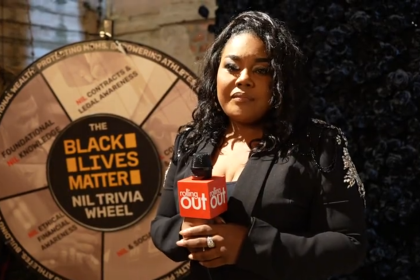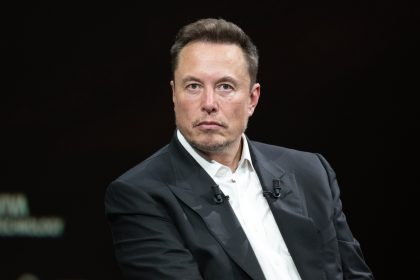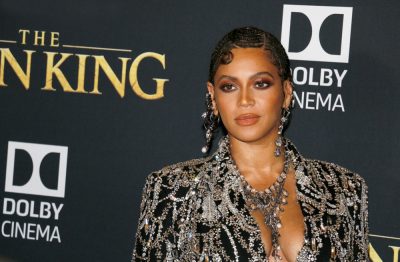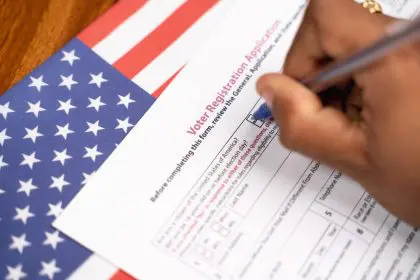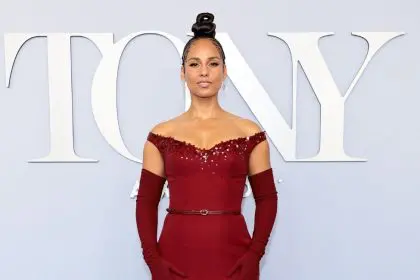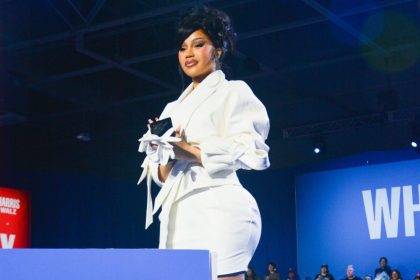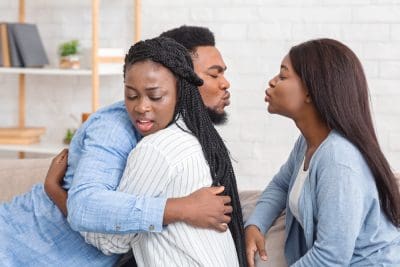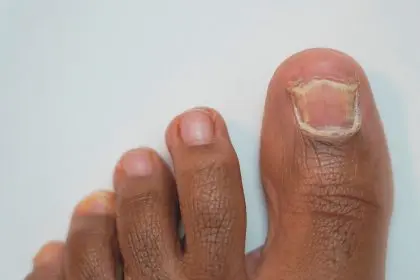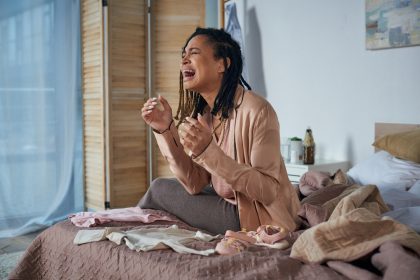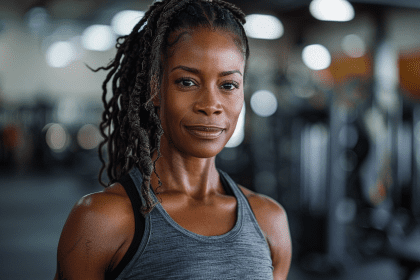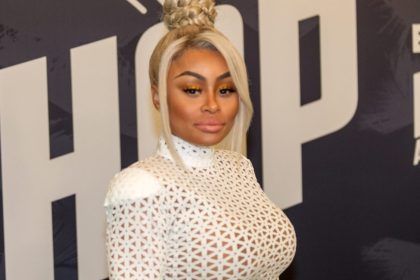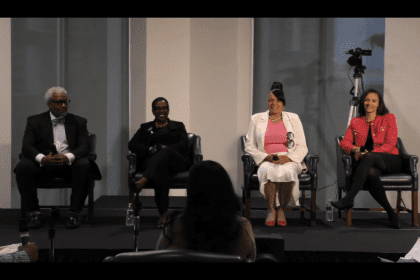
Political strategist and thought leader Kenya T. Parham epitomizes the modern-day Renaissance woman, delivering a fierce combination of government affairs, advocacy and fundraising expertise complemented by a savvy political perspective that uniquely sits in the sweet spot of pop culture and entertainment. She was once described by the Huffington Post as “an emerging millennial leader to watch,” the political powerhouse has flexed her talent by raising over $15 million in funds, and registering an 87 percentwin rate with initiatives and electoral campaigns leading local, state, and national candidates, elected officials, PACs, and non-profits. Adding to this repertoire, in 2015 she launched Parlay: An Urban Think Tank on Civic Engagement, a conversation that brings together dynamic influencers across industries for a curated discussion on leveraging Black capital and social influence. Parham’s distinctive approach to developing revolutionary platforms like this, along with effective impact strategies and coaching her clients in cultivating purposeful donor relationships sets her apart as a millennial actively working to advance the interests of youth, minorities and women from coast to coast.
Read what she has to say:
Many of us can recite verbatim exactly where we were and what we were doing, on Tuesday, Nov, 4, 2008. In fact, I can tell you exactly who I was with, too. Like many of you, I had cast my vote for the first African American president of these United States and felt like the “system” affirmed that I had serious political power. It was the first time the electoral process validated my dream for a better nation by electing a candidate every fiber of my being believed in. On that day, to be Black and counted was a promise fulfilled, and it forever changed the lens through which I view American politics.
In 2012, melanin magic struck yet again! Many of the messages, both verbal and nonverbal, I received from Black folks prior to the election were, “Haaaay Queen” and “You better be voting!” 2012 marked the first time African American voter turnout was higher than any other ethnic group in a presidential election – the result of a steady increase (3 percent) in Black voter propensity since 1996. The 2012 re-election of President Barack Obama, coupled with record-level turnout from Black voters (despite the media’s projection of voter apathy) confirmed that we had cracked the code to the secret sauce — and it was a fairly simple recipe … Black folks must vote!
In 2012, African American voters accounted for Obama’s entire margin of victory in seven states: Florida, Maryland, Michigan, Nevada, Ohio, Pennsylvania and Virginia. Without these states’ 112 electoral votes, Obama would have lost decisively. African Americans also accounted for almost Obama’s entire margin in Wisconsin. Now in 2016, all of these states, with the exception of Maryland, remain crucial battlegrounds where Black voter turnout is paramount to the concerns and needs of Black constituencies at the local, state and national level.
Fast forward to 2013 when Section 4 of the Voting Rights Act, the provision that designates that states must have changes to their voting laws pre-approved by the federal government, was struck down by the Supreme Court. Swing states with higher percentages of African American constituents and voters were protected by Section 4 of the VRA as Congress previously identified that racist attitudes and practices in those states created a culture of disenfranchisement and unequal access to the voting rights of their citizens. The tremendous Black voter turnout of 2012 provided a roadmap and rubric for republican controlled swing states to suppress Black voters’ impact on local, state and national elections, and it also impacted the courts’ opinion in deciding that voters of color no longer needed protection from state suppression tactics. The court’s assumption, the audacious hope of post-racialism, and the denial of the nation’s current racial climate, no doubt, influenced the Supreme Court to remove the Section 4 protection.
A 2014 report from the Joint Center for Political and Economic Studies revealed that the leverage Black voters would be able to wield in any election is directly connected to their level of enthusiasm for particular candidates, and their ability to cast a protected vote. The question we must ask ourselves is: How much of African Americans’ peaking voter turnout in 2008 and 2012 was due to the first Black major-party nominee/president being on the ballot? And, will Black voter enthusiasm fall precipitously in the absence of one in 2016? The hope, obviously, was for the “’08/’12 Obama effect” to create future patterns of habitual participation among Black voters, a key demographic that had been historically disenfranchised and disconnected from the political process.
The fact is, for us, representation matters. But in light of the absence of melanin in the 2016 Presidential candidate pool, I still believe Black voters have a striking opportunity to affirm the value of Black lives by making Black votes count at the polls. Recent history is decorated with examples of skin color not always being the best indicator of legislative priorities. We must look for candidates whose platforms and demonstrated records of service reflect our values and address the needs of our communities. And, when we find these candidates, let this editorial be a gentle reminder that we have the power to keep them alive with our votes.
If you see me on the street between now and November, be prepared for me to give you the “you better go vote” side-eye. –kenya t. parham
Follow her on Twitter: @KParham

